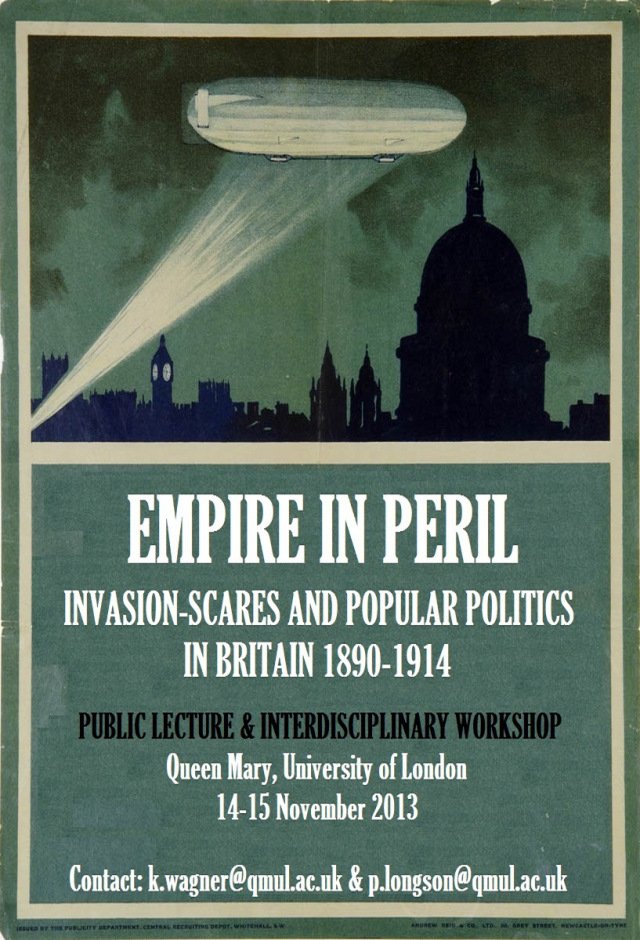Cohesion and division in Wellington
[Cross-posted at Society for Military History Blog.] The Australasian Association for European History XXIII Biennial Conference — ‘Faultlines: cohesion and division in Europe from the 18th Century to the 21st’ — lived up to the high standard set by its predecessor. Wellington was much colder and windier than Perth, but the locals were friendly, the […]


